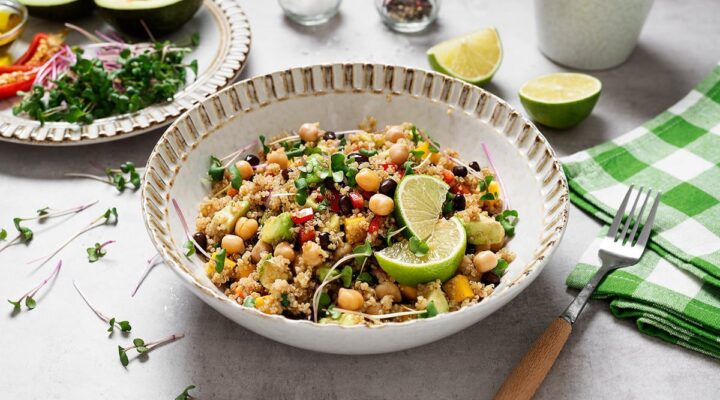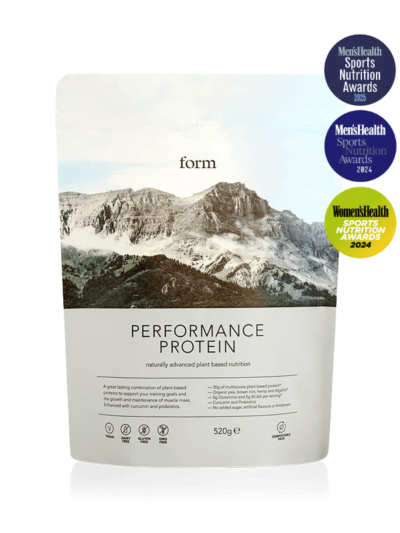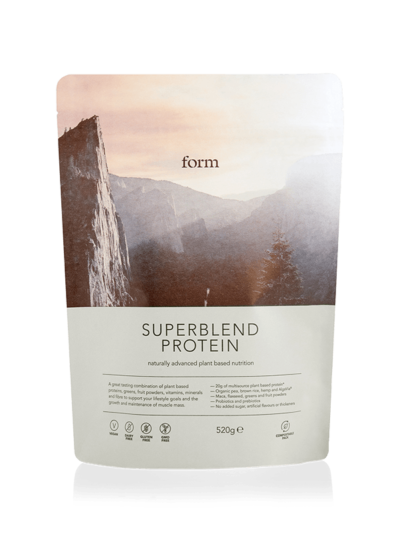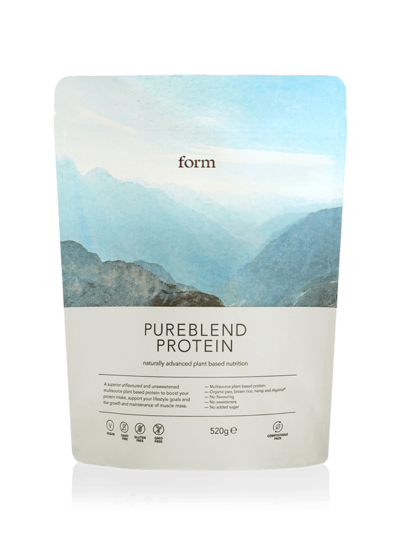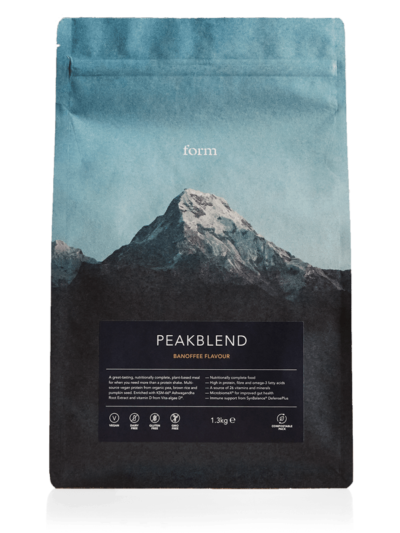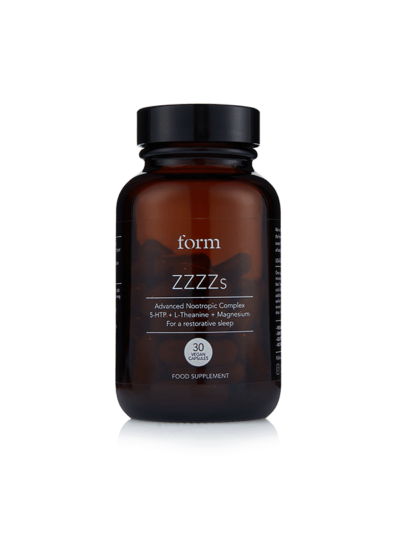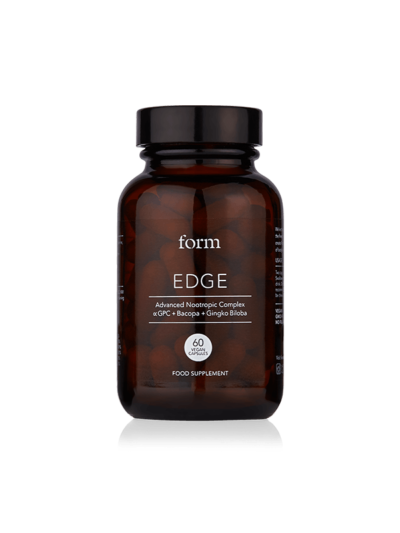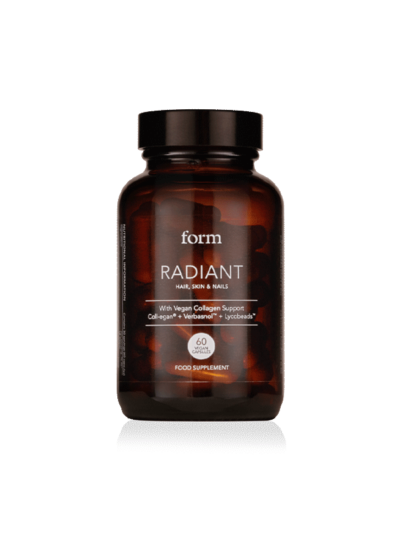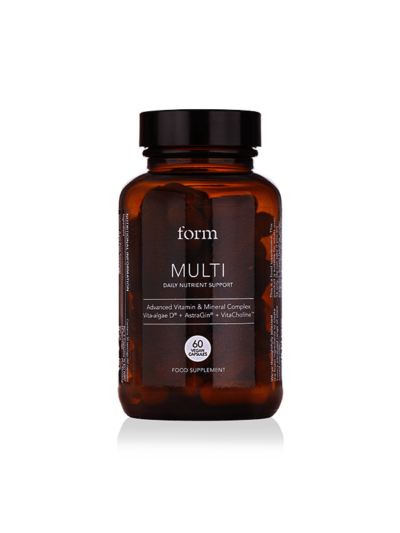Zone 2 vs HIIT: Exploring the Benefits of Both Styles

The debate between Zone 2 training and HIIT continues to spark interest in the fitness world. Sitting at opposite ends of the intensity spectrum, one emphasises steady-state aerobic work while the other thrives on short bursts of maximum effort. Instead of asking which is “better,” this article explores the science behind both approaches, the unique benefits they offer, and how different bodies may respond to these popular training styles.
What Is Zone 2 Training?
Zone 2 training involves exercising at around 60 to 70% of your maximum heart rate. This is a pace where you can still maintain a conversation. Think brisk walking, light jogging, cycling, or swimming. At this intensity, your body primarily burns fat for fuel, making it a key tool for improving metabolic efficiency and endurance.
This type of training enhances mitochondrial function, boosts capillary density, and increases overall stamina. It is also low-impact, easy to recover from, and sustainable enough to repeat frequently. Zone 2 training can improve:
- Fat metabolism
- Cardiovascular function
- Workout recovery
- Long-term endurance
Learn more in our guide: Why You Need to Include Zone 2 Training in Your Workout Plan.
What Is HIIT?
High-Intensity Interval Training (HIIT) alternates bursts of intense activity with periods of rest or lower effort. A typical session might involve 30 seconds of sprinting followed by one minute of walking, and repeating. During the work intervals, your heart rate spikes to near maximal levels, and during rest it comes back down. HIIT sessions are typically much shorter (often 15-30 minutes total) because of the hard effort involved. Physiologically, HIIT is designed to improve cardiovascular fitness by pushing your heart and lungs to work at peak capacity. Research defines HIIT as repeated bouts of high-intensity exercise to raise heart rate and metabolic rate, contrasted with longer steady efforts in traditional cardio (1)
In simple terms, HIIT can give you “more bang for your buck” in a short time, but it also places greater stress on the body and usually requires longer recovery between sessions. HIIT is popular for its efficiency and has been shown to increase VO₂ max (a key endurance metric) quickly (2). However, doing only HIIT without any low-intensity base training can be taxing and may increase injury or burnout risk, especially if you’re not already fit.
Fat Loss: Zone 2 vs HIIT
One of the most common questions is whether Zone 2 or HIIT is better for fat loss. Research shows both can be effective when energy expenditure is matched. A 2023 meta-analysis found no major difference in fat loss between HIIT and steady-state cardio (2). A 2017 review echoed this, showing that while HIIT can achieve similar fat loss with about 40% less time, moderate cardio like Zone 2 works just as well (3).
How They Work:
- Zone 2 uses fat directly as a fuel source, earning its name as the “fat-burning zone.”
- HIIT relies more on carbohydrates during exercise but increases calorie burn afterward via EPOC (Excess Post-Exercise Oxygen Consumption).
Pros of Zone 2:
- Easy to recover from
- Can be done frequently
- Reduces stress and supports consistency
- Builds metabolic flexibility
Pros of HIIT:
- Time-efficient
- May help preserve muscle during fat loss
- Engaging and motivating for many
Finally, consider that too much high-intensity work can spike stress hormones and cause burnout if mismanaged. If you’re doing HIIT daily and feeling drained or not seeing results, adding in Zone 2 sessions might actually accelerate fat loss by allowing your body to recover while still staying active. On the flip side, if your routine is exclusively low-intensity and you have hit a plateau, sprinkling in a HIIT day or two could boost your calorie burn and fitness to break through. Many coaches advocate a mix of both Zone 2 and HIIT for optimal body composition results, rather than an either-or approach.

Endurance and Performance: Zone 2 vs HIIT
Both Zone 2 and HIIT can improve endurance, but they do so in different ways.
Zone 2 builds aerobic efficiency by increasing mitochondrial density and improving your body’s ability to use oxygen. This translates to greater stamina and less fatigue during long efforts. It also supports joint and muscular durability, which is essential for sustained activity.
HIIT, on the other hand, pushes your cardiovascular system to the max. It significantly improves VO₂ max, a key measure of top-end performance. Studies show HIIT can enhance VO₂ max more quickly than steady-state training alone (1)(2).
Many endurance coaches recommend a polarised training model. This means doing most of your sessions at low intensity (Zone 2), with just a few high-intensity efforts each week. Research shows this approach leads to better endurance gains than training in the moderate-intensity “middle ground”.
How to apply it:
- Beginners: Start with mostly Zone 2 to build your base
- Intermediate: Include 1 to 2 HIIT sessions weekly
- Advanced: Aim for an 80/20 split between Zone 2 and HIIT to avoid overtraining
While HIIT is effective for boosting fitness quickly, it doesn’t fully prepare your body for long-duration efforts. Zone 2 remains essential for conditioning muscles, tendons, and joints to handle extended activity.
Men vs Women: Does Training Response Differ?
Biological sex can influence how individuals respond to Zone 2 and HIIT training, particularly in terms of fuel use and recovery needs.
Women tend to burn a higher proportion of fat than men at a given exercise intensity. During moderate aerobic exercise, research shows women use more fat and less carbohydrate compared to men, who rely more heavily on glycogen stores (4). One analysis found that sedentary men oxidised significantly less fat than women during aerobic sessions, though this gap narrowed in highly trained individuals (4).
This suggests women may be more naturally “fat-adapted,” which can make Zone 2 training especially efficient for them in terms of fat metabolism. Men, in contrast, might benefit more from focusing on Zone 2 to improve fat-burning capacity and build a stronger aerobic base.
Physiologically, women also tend to have more Type I (slow-twitch) muscle fibres and greater capillary density (5). These traits support endurance and make steady-state training a natural fit. That said, HIIT is equally beneficial. In fact, women often see significant improvements from interval training, particularly around menopause. One meta-analysis showed that HIIT improved body composition and fitness in women both before and after menopause (5).
As oestrogen declines with age, HIIT and resistance training become even more important for maintaining muscle and metabolic health. While some suggest HIIT may be more taxing for women due to hormonal fluctuations, studies indicate that women can tolerate and adapt to high-intensity work just as well as men. Experts do recommend being mindful of the menstrual cycle. For example, women often feel strongest in the follicular phase and may want more recovery in the late luteal phase (5).
Personalise Your Approach
Individual factors like sex, age, training history, and hormone levels all affect how your body responds to different types of cardio. Women may be able to do more frequent Zone 2 sessions with good recovery. Men may need to prioritise endurance development if they tend to focus on intensity over base-building.
The bottom line: both men and women benefit from a mix of Zone 2 and HIIT. The key is listening to your body. If HIIT leaves you drained, shift focus to Zone 2. If Zone 2 becomes too easy or progress stalls, layer in a bit more intensity.
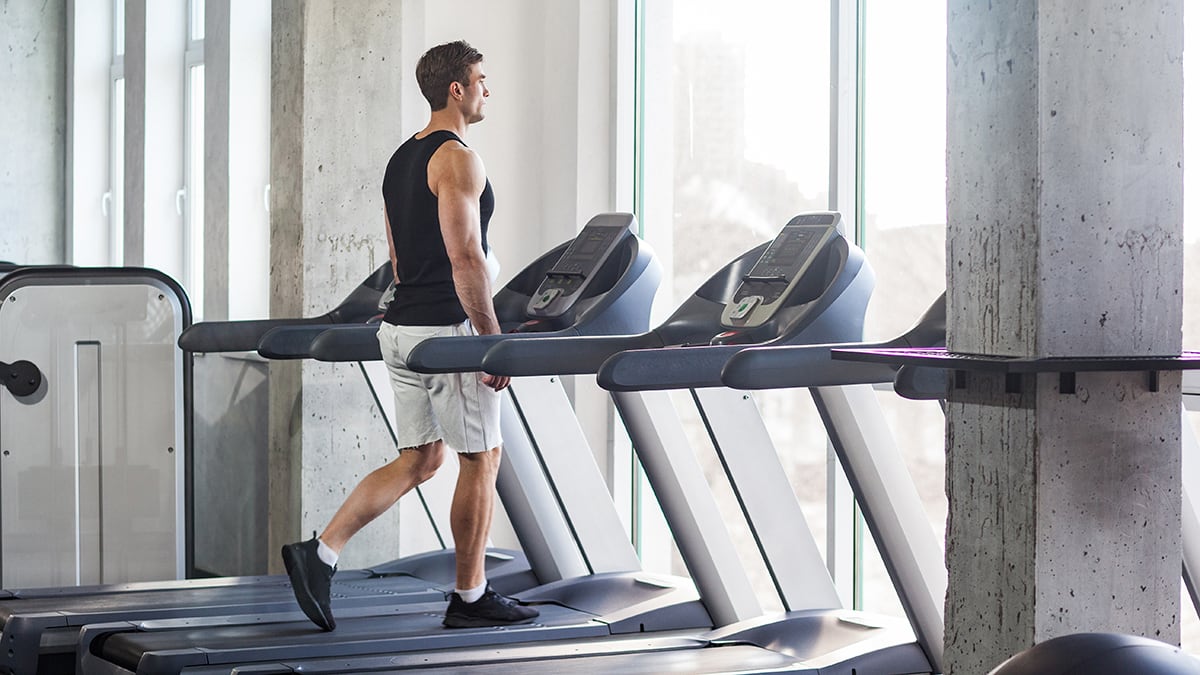
Finding the Right Balance
Instead of choosing one over the other, it’s more useful to think of them as complementary. Each serves a purpose. Zone 2 builds your aerobic base and supports consistency. HIIT improves efficiency and peak output. The right mix depends on your goals.
If your goal is fat loss:
Choose the method you enjoy and can do consistently. HIIT is engaging and burns a lot of calories in a short time, but it requires proper recovery. Zone 2 allows frequent, low-stress sessions that burn fat directly and support long-term consistency. A combined approach often works best. For example:
- Three Zone 2 sessions per week (like brisk walks, light jogs, or cycling for 45 minutes)
- Two short HIIT workouts (such as 20-minute circuits or intervals)
This gives you the fat-burning and recovery benefits of Zone 2 with the metabolic boost of HIIT. Just remember that nutrition plays the biggest role in fat loss, so pair your training with a balanced diet.
If your goal is endurance or athletic performance:
Start by building a strong aerobic base with several hours of low-intensity Zone 2 training each week. This improves stamina, supports recovery, and enhances overall work capacity. From there, add one or two HIIT sessions tailored to your sport or performance needs.
Even in CrossFit or team sports, a well-developed aerobic system helps you recover faster and sustain high effort across repeated bouts. As outlined in one internal resource, combining Zone 2 for foundational fitness with targeted intervals for performance helps optimise training and avoids the “dead zone” where intensity is not high or low enough to drive results.
The Takeaway
Zone 2 and HIIT are not opposing options. They work best when used together. New to cardio? Start with mostly Zone 2 to build a strong base. Short on time or hitting a plateau? Add some HIIT. The most effective routine is one that balances intensity with recovery. By including both, you’ll maximise your endurance, improve body composition, and support long-term progress.
References
- Song, X. et al. (2024). Comparative effects of high-intensity interval training and moderate-intensity continuous training on weight and metabolic health in college students with obesity. Scientific Reports.
- Kramer, A. M. et al. (2023). High-intensity interval training is not superior to continuous aerobic training in reducing body fat: A systematic review and meta-analysis of randomized clinical trials. Journal of Exercise Science & Fitness, 21(4), 385–394.
- Wewege, M. et al. (2017). The effects of high-intensity interval training vs. moderate-intensity continuous training on body composition in overweight and obese adults: A systematic review and meta-analysis. Obesity Reviews, 18(6), 635–646.
- Cano, A. et al. (2022). Analysis of sex-based differences in energy substrate utilization during moderate-intensity aerobic exercise. European Journal of Applied Physiology.
- Strava. (2023). How women can train differently than men. Strava Journal.





